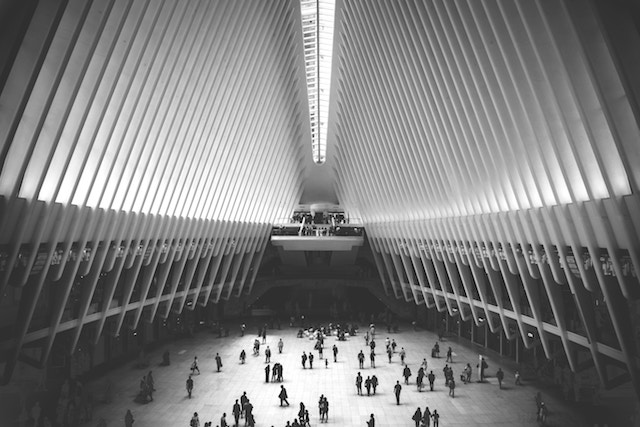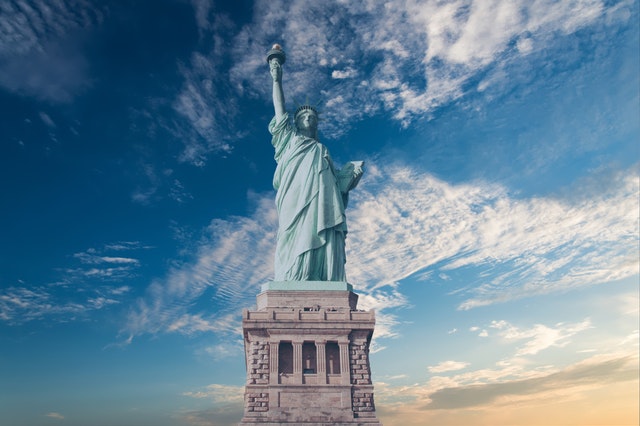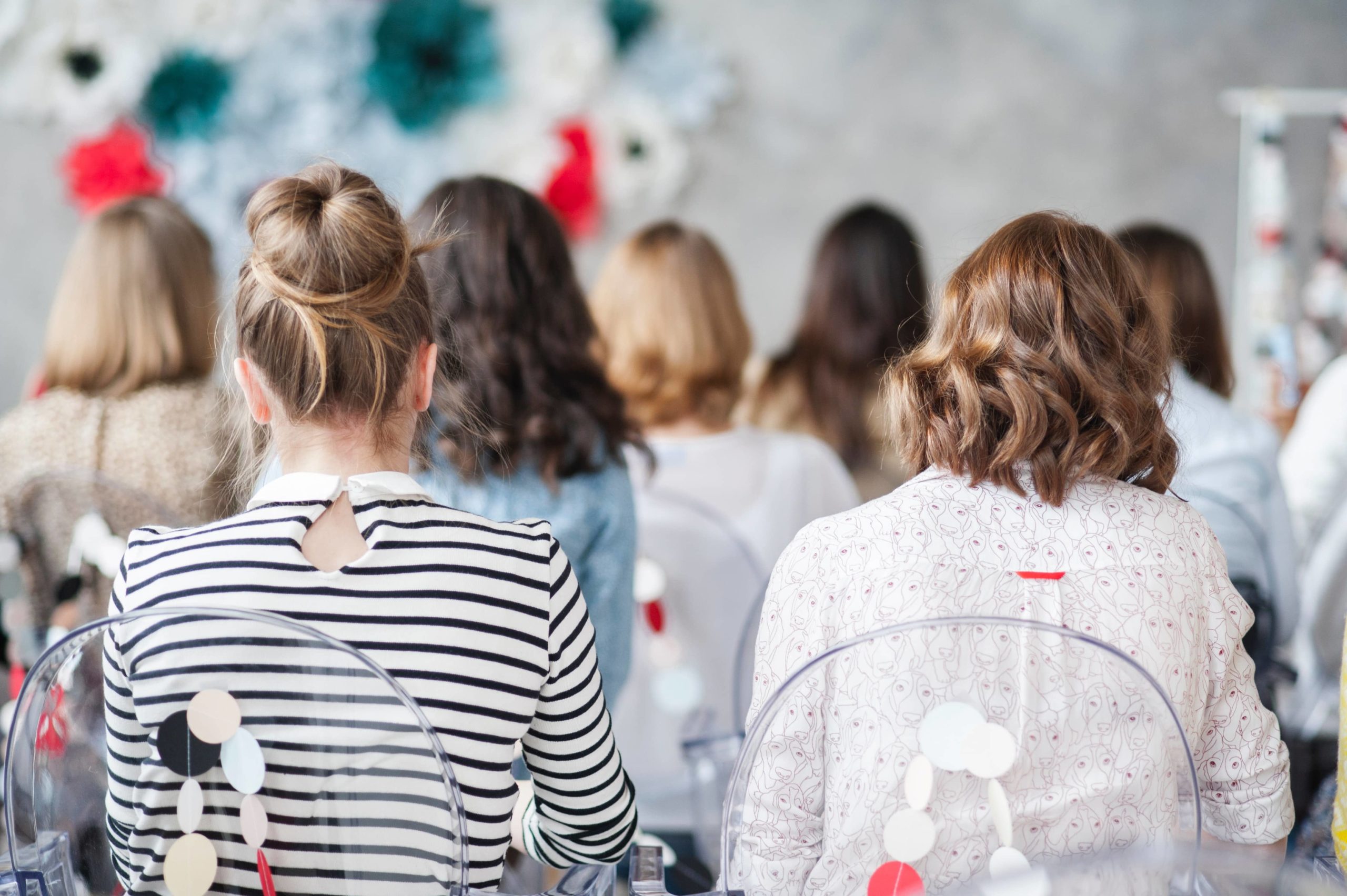The Hirshhorn Museum, a modern art museum in Washington D.C., is part of the Smithsonian Institution. As such it is free and open to the public.
How is that possible when most art museums in the country charge admission fees ranging from $14 for the Art Institute in Chicago (and that ticket price is for Chicago residents) to $25 for a day at MOMA in New York City?
The answer lies in the history of the Institution, and the current funding formula.
One hundred and seventy years ago James Smithson, a British scientist, left his estate to the United States to found “at Washington, under the name of the Smithsonian Institution, an establishment for the increase and diffusion of knowledge.”
It took nearly seventeen years for the estate to settle and the half-million dollar bequest to be accepted by Congress. Then (after much debate), Congress enacted legislation to set up a trust to be administered by a Board of Regents and a Secretary of the Smithsonian.
This put the Smithsonian in the unique position of being owned, and in the care of, the United States. So the Institution, which is now the largest museum, research and education complex in the world, is there for all to enjoy.
Unlike most museums in the U.S., which only receive federal funding by applying for grants, the foundation of the Smithsonian’s operating budget is through federal appropriations. But, that money is far from enough to keep the doors of the museums, including the Hirshhorn, open and maintain the excellence of the establishment.
Mounting an art exhibition costs anywhere from $75 to $200 per square foot. That figure doesn’t include procuring the art itself (purchasing or commissioning), or shipping and insuring art that is loaned, plus any stipend to the artist. The museum itself, naturally, has to have proper climate control and reasonable building maintenance.
These practical aspects about the Hirshhorn are easily overlooked given the excellence of the exhibitions. Modern art has the ability to tell stories, heighten emotions, explore political and social strife and challenge assumptions about art itself. The year-long exhibition, Pickett’s Charge, by artist Mark Bradford certainly highlights the multifaceted ways in which art can astonish.
But, as a member of the Hirshhorn’s board of trustees I know that the practical side of things must be kept at the forefront if the museum is going to keep its doors open. So, while the Hirshhorn is free, I encourage people who have the financial means to donate to the museum.
There is so much more to the Hirshhorn than open doors. Educational programs, lectures and discussions, special events and re-sculpting the space of the museum itself all rely, heavily, on private donations to continue.
I’m proud to serve on the board of a museum that offers so much to visitors. Especially because anyone, no matter their means, can enjoy the Hirshhorn– thanks to James Smithson, Congress and all the people generous enough to donate to this outstanding institution.







